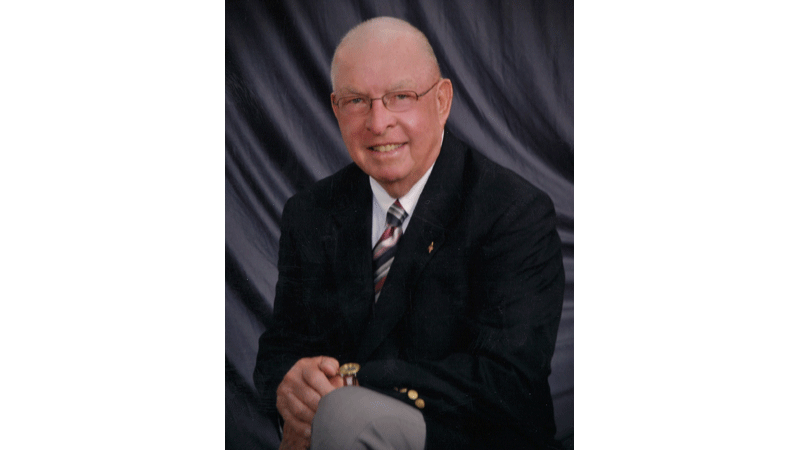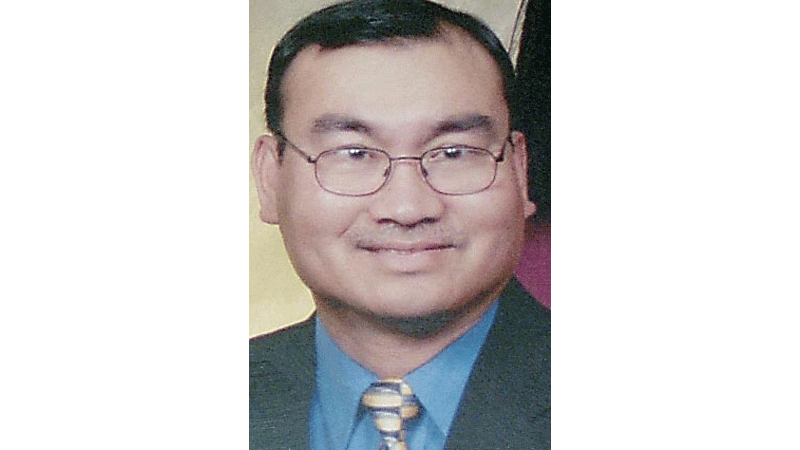Giving up coins is penny foolish
Published 2:29 pm Friday, April 6, 2018
by Peter Funt
Now that the nation has a $1.3 trillion budget, lawmakers can resume debate about whether to pinch pennies.
The threat to do away with pennies and nickels surfaces on Capitol Hill almost every year. Indeed, The Wall Street Journal printed a spirited debate recently by two highly accredited economists on that vexing question. One scholar claimed the coins are “a nuisance,” while the other wrote, “Money is the lubricant that greases the wheels of commerce.”
As someone who spent formative years scrounging for coins, let me offer what economists refer to as “my two cents” on this matter.
First, to dispel a myth. You can’t retrieve a coin from under a grate in the street by lowering a string tied to a piece of bubblegum, as I once saw in a movie. What you need is more weight — for instance, a golf ball — and a properly viscous liquid such as honey. This works every time.
Oddly, however, well-chewed gum is useful when flattening coins on railroad tracks. Too often the passing train kicks your coin into the bed of gravel, making it hard to find. A tiny wad of gum will secure the coin and is easily pealed off after the coin is squished.
I always pick up pennies on the ground, but I’m no match for Otha Anders. When he turned 73 two years ago, Mr. Anders needed dental work, so he took the pennies he had been tossing into jars for more than 45 years over to the Ruston Origin Bank in Ruston, La. He walked out with a check for $5,136 (and 14 cents).
The News-Star newspaper quoted a bank official as saying, “It was not a typical day at the bank.”
A blogger named Jayme Kinsey, who has found $3.01 on “store floors” so far this year, offers this advice: Always carry hand sanitizer or wipes and, when walking, try to look down as often as possible.
Another blogger, Jeffrey Strain, suggests looking for coins in melting snow because when people drop coins in winter they are less likely to pick them up. “That,” he notes, “leaves an accumulation of coins that appear in the spring when the snow begins to melt off.”
When I was 7 my parents gave me a blue cardboard folder to collect pennies by year. Hard as I tried, I never found a 1943-S Lincoln penny accidentally struck in bronze by the San Francisco mint. One of those sold at auction in 2016 for $282,000. I also failed to find a 1943-D bronze cent, which eight years ago sold for $1,700,000.
I think where we’re going with all this is that pennies and nickels are less crucial to the economy than they are to our psyche. We all know that some day coins will disappear, as will mail deliveries on Saturdays, but there’s no reason to rush it.
Besides, making money is a great business. Although the U.S. Mint loses a bit producing pennies and nickels, its overall coin operation turned a profit last year — a profit! — of almost $400 million.
You want to know how clever the government is at making money? At USMint.gov you can buy gift certificates, ranging from $25 to $200. You read that right: gift certificates for money!
According to the Mint: “Online Gift Certificates make shopping easy!” And, best of all, they “do not expire.”
The Mint will also sell you coins sealed in plastic, known as proof sets. Each set contains a dollar coin, five quarters, one half-dollar, a dime, a Jefferson nickel and a Lincoln penny — a $2.91 value! — for $27.95.
Why would lawmakers want to mess up a business like that?
PETER FUNT is a writer and speaker. His book, “Cautiously Optimistic,” is available at Amazon.com and CandidCamera.com. A list of Funt’s upcoming live appearances is available at www.CandidCamera.com.





